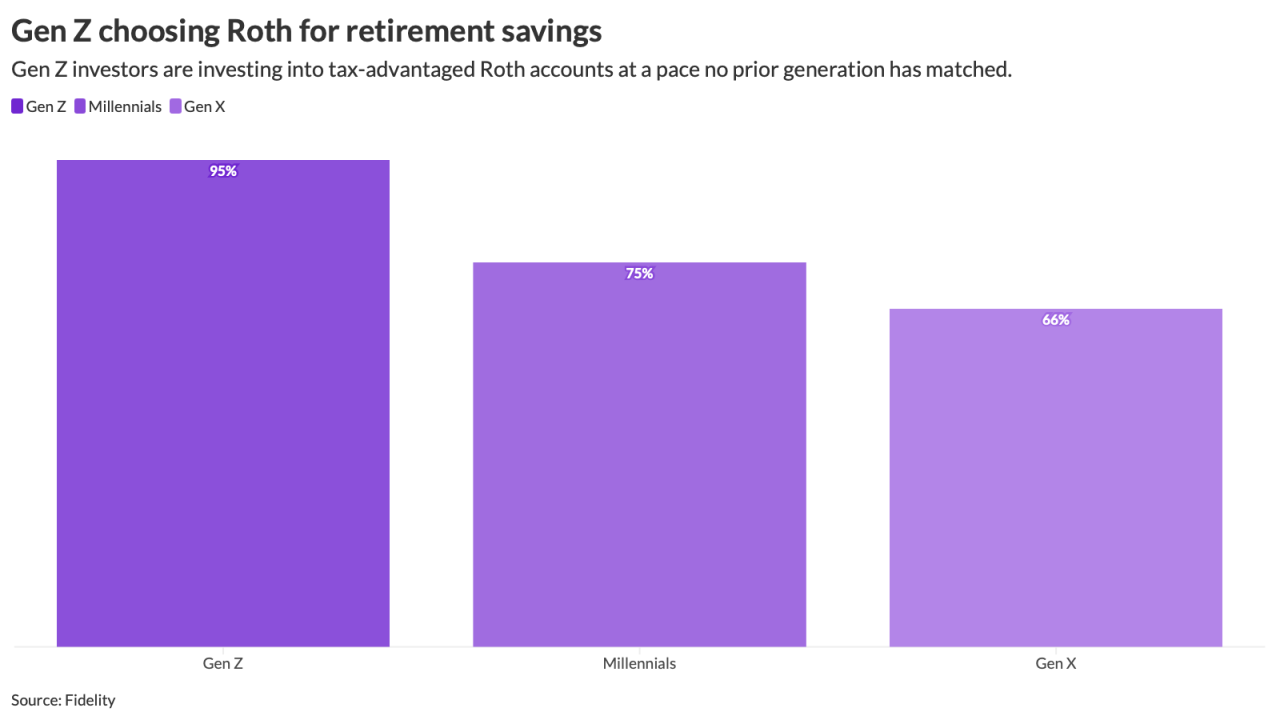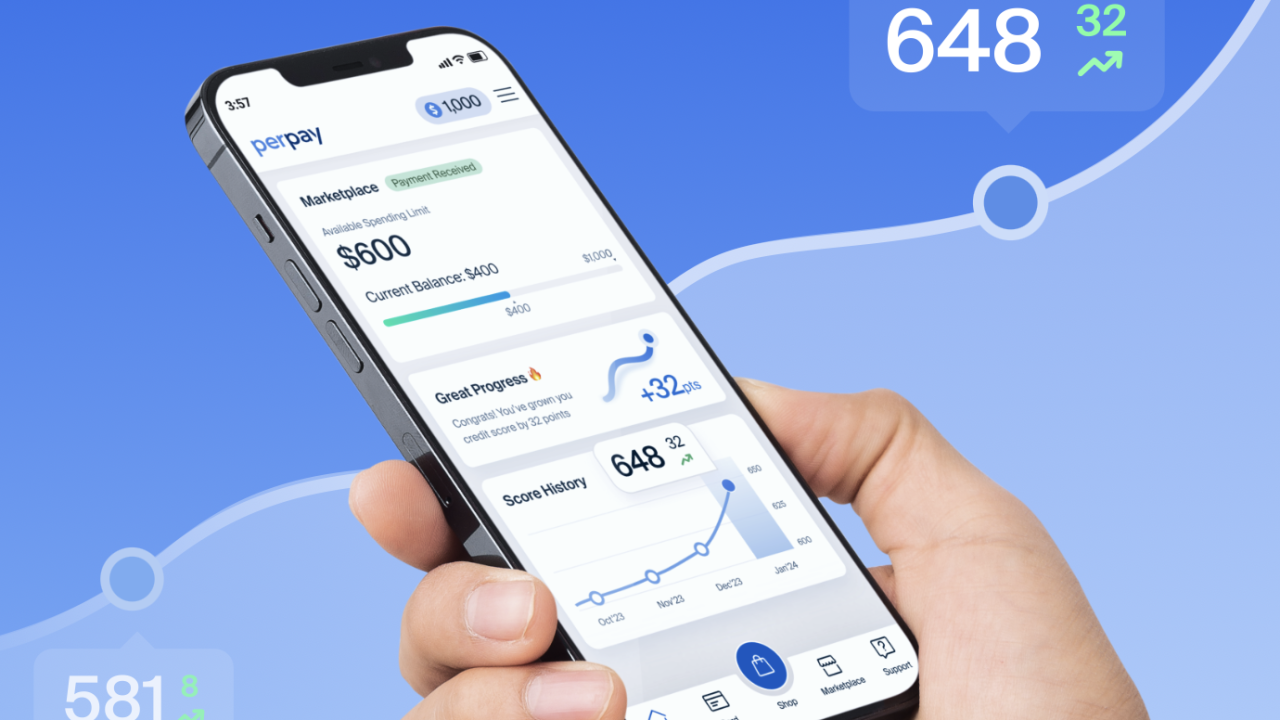There is pressure on HR teams and managers to revise how they approach promotions and layoffs to
Traditionally, performance reviews are often at the whim of managers, and it can take HR months to assess whether leaders in relevant departments find each other's ratings consistent. Otherwise known as calibration, HR teams will put functionally-related managers in a room and run through every employee, asking if they seem to have been rated fairly.
HR tech company Confirm has launched new software to help employees overhaul this approach — managers and employees will be expected to submit reviews on their colleagues into Confirm's "auto-calibration" program, and the software will then pinpoint discrepancies in ratings and flag which employees need to be further reviewed.
"We need more than just the manager's perspective to be able to give somebody a really accurate assessment of their performance," says Josh Merrill, co-founder and CEO of Confirm. "That's why we rely on a network, which is all those people that you may work with, who may not even be in the same team, or even the same department as you, but have something useful to say about your performance."
In a workforce of 1,000 employees and 200 managers, the traditional process is not only tedious, but makes it easy for bias to slip through the cracks, Merrill says. Research on performance reviews has found that one's rating is mostly based on the idiosyncrasies or personal judgments of the rater. In other words, a managerial-centered performance review process is bound to have its failings.
Read more:
"Calibration is the process of adjusting ratings so that we get a consistent scale," says Merrill. "An HR team can spend six to eight weeks paralyzed by the calibration process, going line by line to talk about every single person."
Confirm's auto-calibration does not assess reviews based on a traditional corporate structure. Instead, it uses organizational network analysis, a tool that measures how people communicate and collaborate across teams and departments, noting which workers are vital to the flow of information and connection, rather than just what one manager may think of them.
Read more:
Auto-calibration accounts for how colleagues who constantly cross paths feel about each other's performance, regardless of their title or team. If the software finds that an employee's manager and co-workers share a similar point of view, then there's no need for that employee to be under further scrutiny. Their rating is calibrated. But if there is a notable difference in their rating, then HR knows just by a glance that this employee needs to be further reviewed, explains Merrill.

"All this data is brought to the same dashboard, where it's visible to managers and HR," he says. "There's a wall of data, and on the left you can see all the people in the company, their function and their department. The software finds somebody who needs attention, and we flag them. This is the stuff HR does by hand today."
Merrill points out that on average, only 10 to 15% of ratings actually need to be changed, yet the process just adds to HR leaders' task lists before the matter is resolved. Using Confirm, if an employee received negative feedback from their manager but positive feedback from their co-workers, auto-calibration can reveal those discrepancies without weeks worth of meetings.
Merrill also underlines what this technology could mean for
Read more:
"We see more and more companies doing [layoffs] these days, and the first thing that goes through my head is, 'Did they really pick the right people?'" says Merrill. "Or is it a biased and broken process that is causing them to let go of a lot of people who don't deserve to be?"
Merrill hopes this new software will make it easier for companies to make more equitable, inclusive decisions without an administrative nightmare for overworked HR teams. But whether employers add auto-calibration to their people toolbox, Merrill advises them to thoroughly know their workforce.
"If a company doesn't have a really good picture of their talent, they don't really have good ways of understanding the difference people are making at work," he says. "This is going to lead to some suboptimal decisions."






